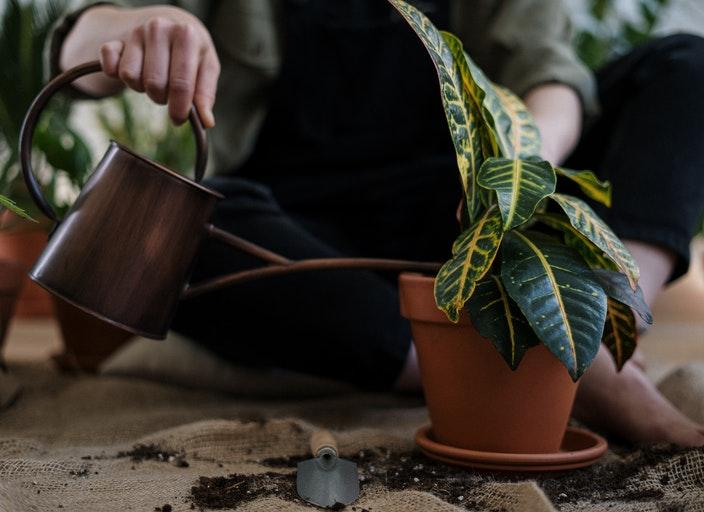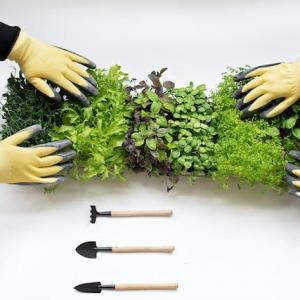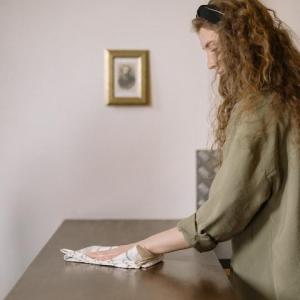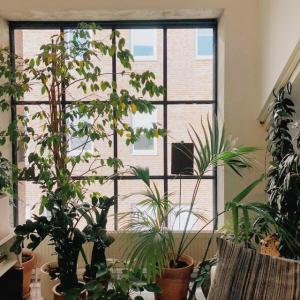

The significance of fertilizing indoor plants is one that far too many people ignore. To develop healthy, attractive plants, correct feedings are necessary. The quantity of soil in the container and any additional food you give a houseplant are the only sources of nutrients it can access, unlike an outside garden where nature supplies rain and plants may shoot new roots out in search of nourishment.
Consider fertilizer as your potting soil's second half. Your plants won't require much, if any, fertilizer while the potting soil is new. This is particularly true of contemporary potting soils that have been strengthened with additives like fertilizer. But after around two months, the plant will have used all the soil's nutrients, so you'll need to fertilize if you want it to keep growing healthily.
Different Fertilizers
There are many various types of fertilizers, including liquids, sticks, pills, granules, and slow-release formulations. Liquid and slow-release fertilizers are the two that are most appropriate for indoor application. Granules and sticks may be more handy, but they don't do a good job of distributing nutrients throughout the soil, and after you've put a fertilizer stick into your pot, you have no control over how much of it will be released. Granular fertilizers are intended to be used outside.
Implement liquid fertilizer
Using a watering can, liquid fertilizers are administered after being diluted in water. You could fertilize every time you water or every other time, depending on the label's directions. The frequency will also depend on the kind of plant, since some—especially those with showy huge blooms—might need to be fed more often. Always do your study on the nutritional requirements of plants to understand what they need. You can carefully manage the amount of nutrients that are continuously supplied via liquid fertilizer. For instance, it is simple to stop feeding the plant during the winter months when it is dormant and to start feeding more when it begins to sprout new growth. The drawback is that you have to remember to do it each time.
Attempt slow-releasing fertilizer.
For both indoor and outdoor plants, these products have quickly emerged as many gardeners' and professional growers' favorites. The time-release shells on slow-release fertilizers are designed to slowly release nutrients into the soil. Because each pellet has a coating with a different thickness that dissolves at a different rate, the fertilizer is actually released gradually over time. Between four and nine months might pass between applications. The main disadvantage is that slow-release fertilizer is more expensive, but because it lasts so long, the cost is offset.
Utilize fertilizer granules.
You may manually incorporate dry, pure fertilizer pellets into the potting soil. They can be used for indoor containers, despite being more frequently used in outdoor gardens, though it can be challenging. Granular fertilizer is difficult to control because it releases all of its nutrients simultaneously when the pot is watered. Although fairly affordable, this kind of fertilizer is not a good option for feeding indoor plants.
Advice on Purchasing Fertilizer
The fundamental macronutrients that plants require to grow, such as nitrogen, phosphorus, and potassium, are present in all general-purpose fertilizers. Each macronutrient serves a certain purpose:
Nitrogen promotes the development of healthy foliage.
The element phosphorus promotes larger, healthier flowers.
Potassium promotes a robust internal system.
African violet fertilizers are one example of a specialty fertilizer that has these nutrients in optimized ratios for a specific plant type.
Better-quality fertilizers contain micronutrients like boron, magnesium, and manganese that will promote healthier growth in addition to these macronutrients. Check the fertilizer's label to see what nutrients are present.
文章
共1条评论


Damnation
08月08日
0
B









